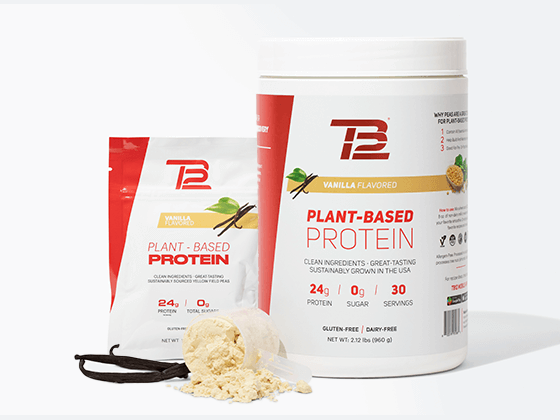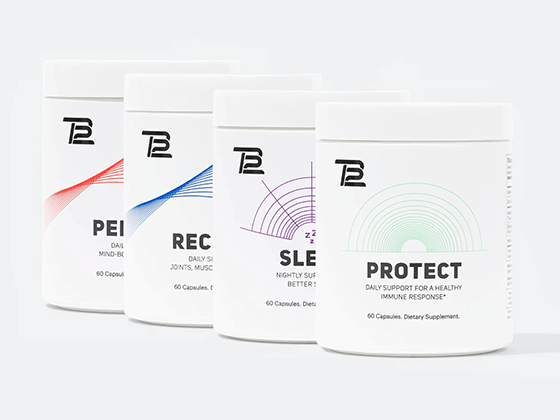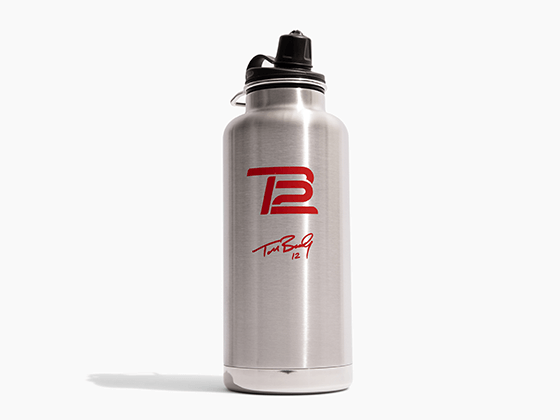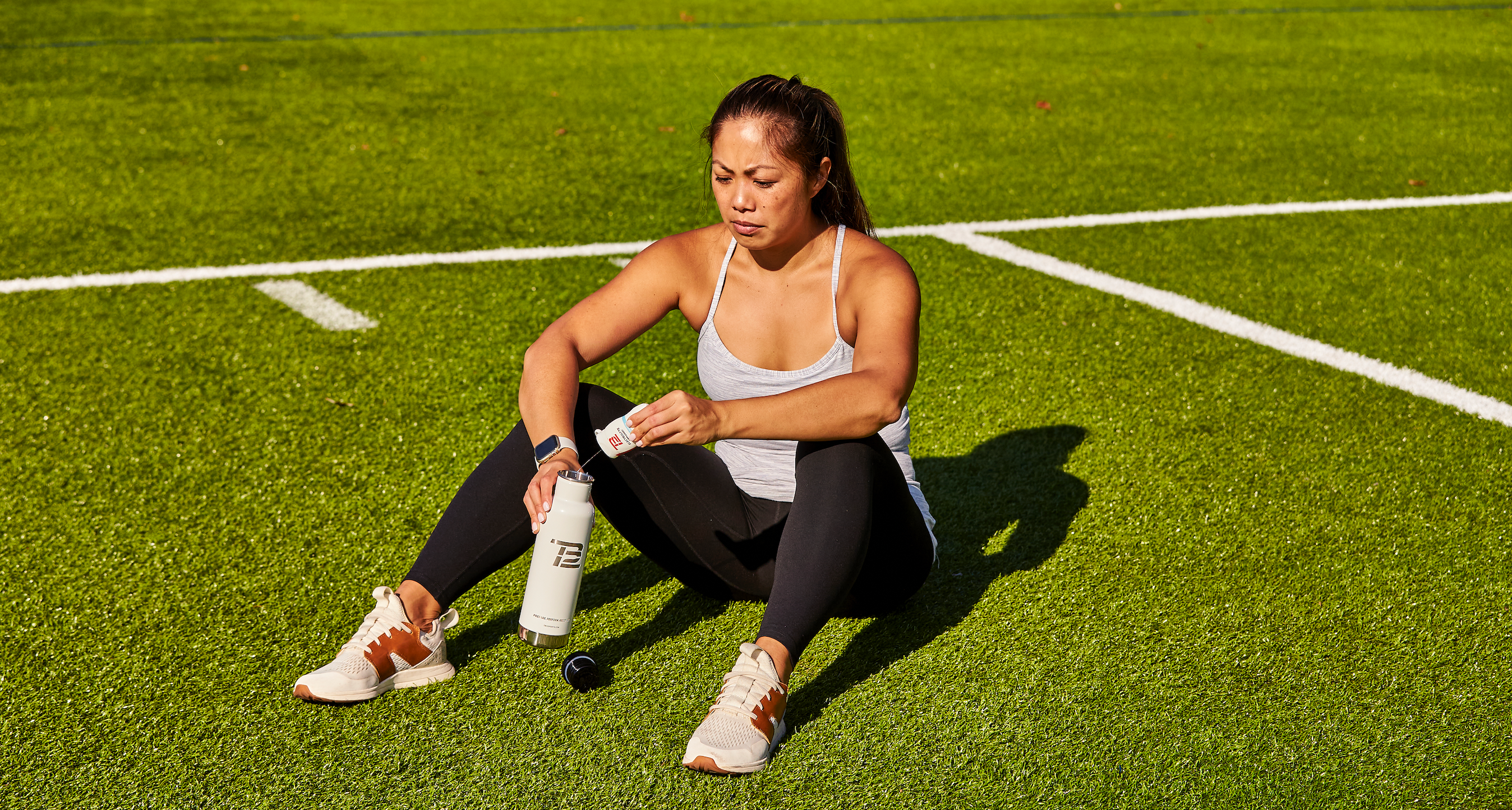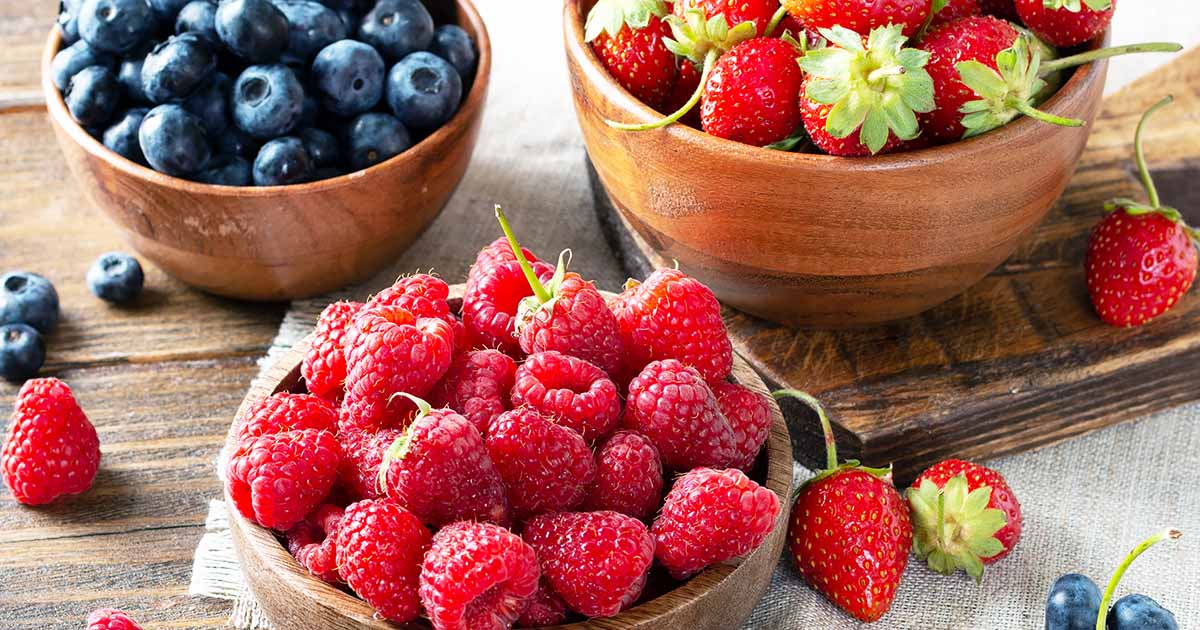As temperatures rise, so does your risk of dehydration. Being dehydrated compromises blood flow to the skin and your muscles, which is critical to your body's natural cooling mechanism. The interruption of blood flow to the muscles also impacts your physical performance and pliability.
This summer, don’t let dehydration get you down. Here are a few ways to spot the signs of dehydration and stop it before it impacts your performance.
How to Spot Signs of Dehydration
Extreme Thirst
This is likely the most obvious sign of dehydration. If you’re thirsty, or have a sensation of thirst, you’re dehydrated.
Headaches
When your body is dehydrated, your brain may temporarily contract or shrink from fluid loss. This causes the brain to pull away from the skull, resulting in a headache.
Dark Colored Urine
When you don’t drink enough fluids, your kidneys try to save as much water as they can. This causes your urine to turn dark yellow or even brown.
Dry or Cool Skin
Loss of water reduces a barrier on the top layer of your skin, leading to a feeling of dry or cool skin.
Muscular Cramps
Muscle cramps are caused by electrolyte imbalances and reduced blood flow to your muscles through fluid loss. When our muscles don’t contain enough fluid, they become extremely sensitive. This leads to involuntary contractions of the muscle, causing cramps.
Improving Your Hydration
Hydrate Towards Your Body Weight
Our bodies are made up of 75% water. That’s why proper hydration is essential for your muscle and nerve function, metabolism, and lymphatic system circulation. At TB12, we recommend that everyone establish a Hydration Baseline by drinking at least half their body weight in fluid ounces of water per day. For example, a 200-pound person should drink 100 fluid ounces of water.
Drink Less Coffee and Alcohol
Diuretic liquids that increase the excretion of water, like alcohol and coffee, reduce the amount of water your body retains. Cut them out to save water.
Reusable Water Bottle
Keep a reusable water bottle close by any time you're active outdoors in the summer. That way, you’ll always have water on hand to hydrate regularly.
Keep a “Water Intake” Journal
Seeing your hydration progress motivates you to continue hydrating. Try journaling or using an app to track your water intake.
Add Electrolytes During Exercise
Ever done a workout so hard where you can taste the salt on your face? That salt is actually electrolytes, specifically sodium, being released from your body as you sweat. Incorporating electrolytes into your routine replenishes trace minerals in your body so you can stay hydrated and retain water.
Boost the Flavor
If something tastes good, you’ll want to drink it. It’s simple. Incorporating a variety of flavors makes the water more drinkable, helping you reach your daily hydration goals.
Be Consistent
You're better off to gradually increase your water intake over a two week period than go from 0-100. Forming consistent hydration habits over time leads to sustainable goals and outcomes.

